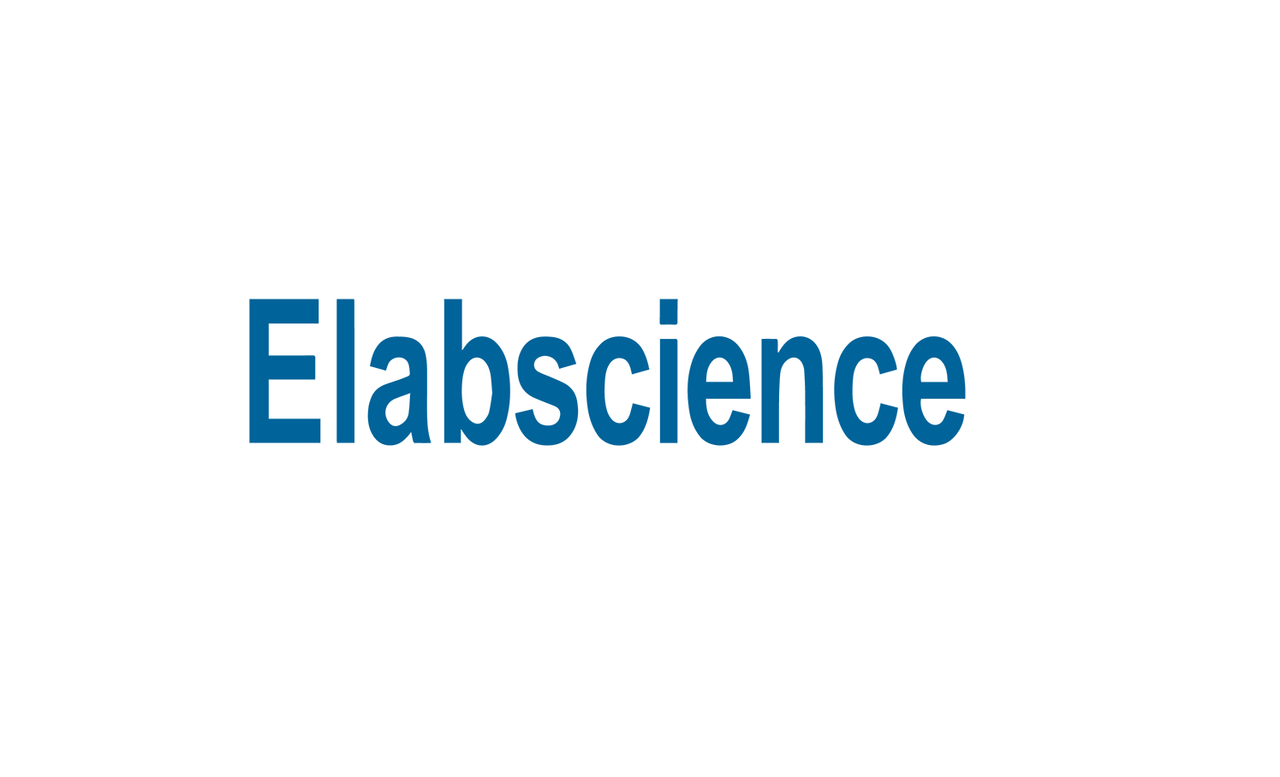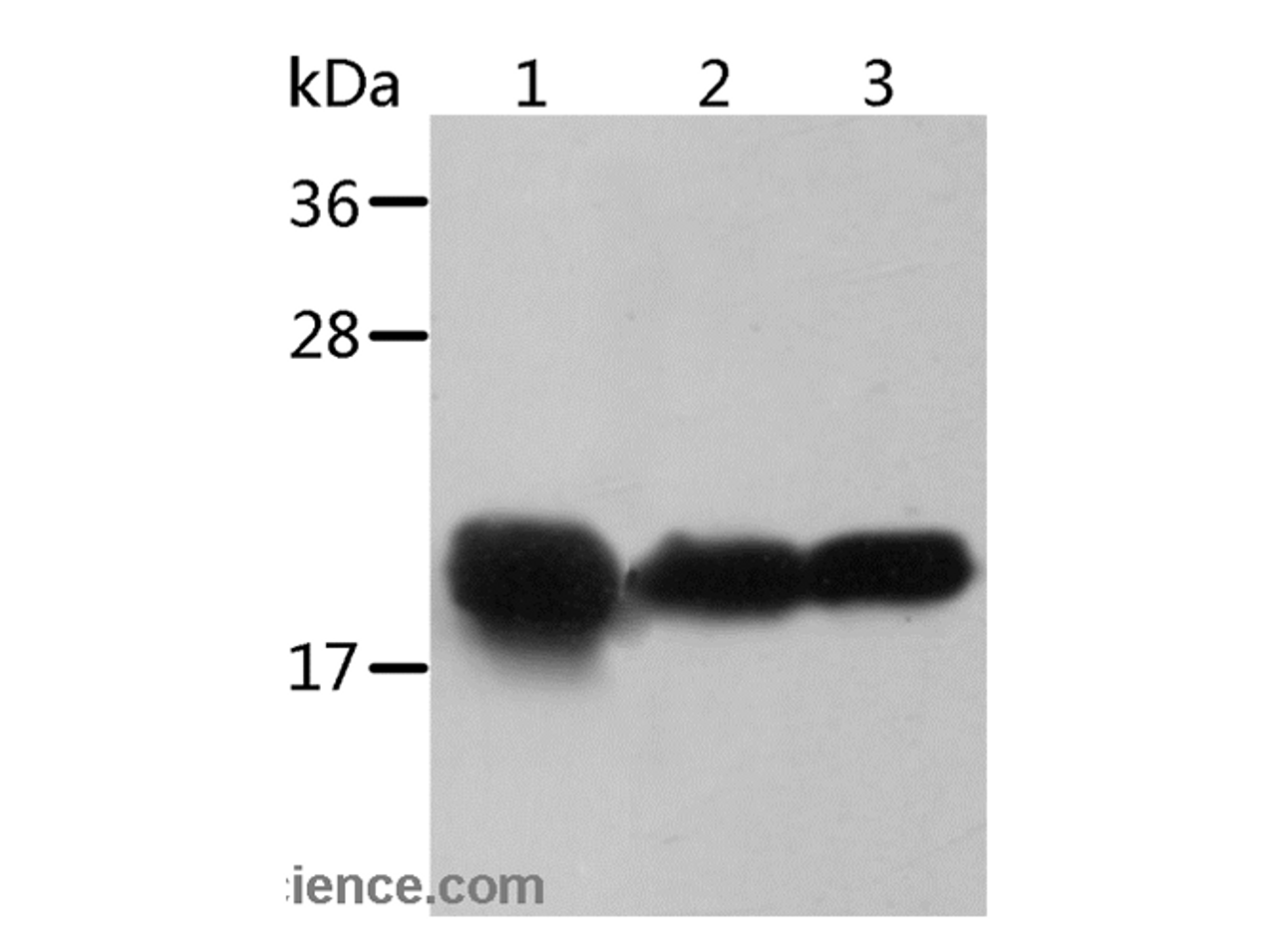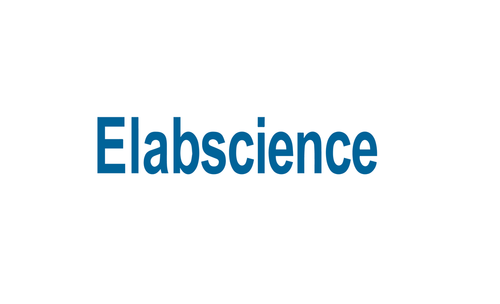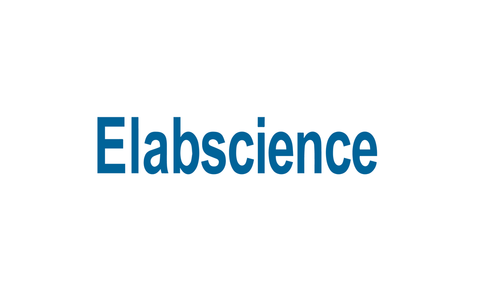Product Description
Crystallin-alpha B Polyclonal Antibody | E-AB-10781 | Elabscience
Type: Polyclonal Antibody
Synonyms: AACRYA, Alpha B crystallin, Alpha crystallin B chain, Alpha(B)-crystallin, Alpha-crystallin B chain, CRYA2, Cryab, CRYAB, Crystallin alpha B, Crystallin alpha polypeptide 2, CTPP2, Heat shock 20 kD like protein, Heat shock protein beta 5, Heat shock protein beta-5, HspB5, Renal carcinoma antigen NY REN 27, Renal carcinoma antigen NY-REN-27, Rosenthal fiber component
Application: WB, ELISA
Reactivity: Human, Mouse, Rat
Host: Rabbit
Isotype: IgG
Reserch Areas: Cancer, Metabolism, Neuroscience, Signal Transduction
Background: Crystallins are separated into two classes: taxon-specific, or enzyme, and ubiquitous. The latter class constitutes the major proteins of vertebrate eye lens and maintains the transparency and refractive index of the lens. Since lens central fiber cells lose their nuclei during development, these crystallins are made and then retained throughout life, making them extremely stable proteins. Mammalian lens crystallins are divided into alpha, beta, and gamma families; beta and gamma crystallins are also considered as a superfamily. Alpha and beta families are further divided into acidic and basic groups. Seven protein regions exist in crystallins: four homologous motifs, a connecting peptide, and N- and C-terminal extensions. Alpha crystallins are composed of two gene products: alpha-A and alpha-B, for acidic and basic, respectively. Alpha crystallins can be induced by heat shock and are members of the small heat shock protein (sHSP also known as the HSP20) family. They act as molecular chaperones although they do not renature proteins and release them in the fashion of a true chaperone; instead they hold them in large soluble aggregates. Post-translational modifications decrease the ability to chaperone.
Concentration: 0.2 mg/mL
Storage: Store at -20°C. Avoid freeze / thaw cycles.
Immunogen: Recombinant protein of human CRYAB
Buffer: PBS with 0.05% sodium azide and 50% glycerol, PH7.4
Purification Method: Affinity purification
Dilution: WB 1:500-1:2000
Clone: N/A
Conjugation: Unconjugated
Molecular Weight(Calculated): 20 kDa
Molecular Weight(Observed): N/A
 Euro
Euro
 USD
USD
 British Pound
British Pound
 NULL
NULL










